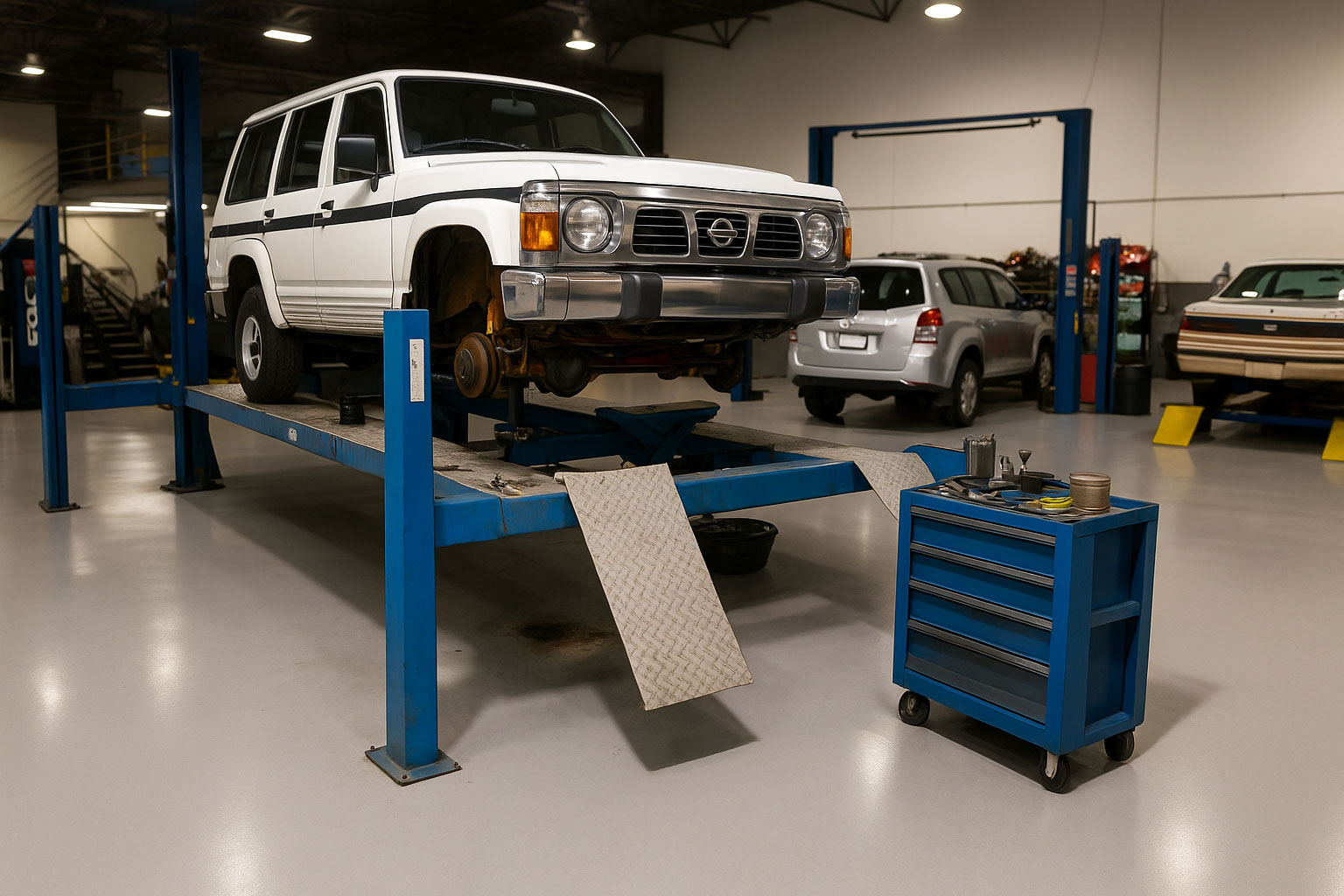Introduction: Eco-Dentistry
The dental industry is experiencing a remarkable transformation as practitioners increasingly recognise the importance of environmental sustainability in their daily operations. From innovative waste management solutions to energy-efficient equipment, dental practices worldwide are adopting eco-friendly approaches whilst maintaining the highest standards of patient care. Leading the charge in this green revolution is the forward-thinking dentist Navan, who has implemented numerous sustainable practices in their modern facility.
The Environmental Impact of Traditional Dental Practices
Traditional dental practices have historically contributed significantly to environmental concerns through various aspects of their operations. According to comprehensive research on dental practice sustainability, the industry generates substantial amounts of waste, including single-use plastics, chemical solutions, and energy consumption from specialised equipment.
Key Areas for Sustainable Implementation
Energy Efficiency Measures
Modern dental practices are implementing various energy-saving initiatives, including LED lighting, smart thermostats, and energy-efficient dental equipment. These changes not only reduce carbon footprints but also result in considerable cost savings for practices.
Waste Reduction Strategies
The Eco-Dentistry Association’s guidelines for sustainable practices highlight several key areas where dental practices can reduce their environmental impact:
- Implementation of digital radiography systems
- Adoption of steam sterilisation methods
- Use of biodegradable supplies where possible
- Installation of amalgam separators
Water Conservation
Water conservation has become a crucial focus in modern dentistry. Many practices, including those of the dentist Navan, have implemented water-saving devices and procedures that significantly reduce water wastage without compromising on hygiene standards. Innovative water conservation techniques in dental practices have shown that it’s possible to reduce water consumption by up to 40% through simple yet effective measures.
Sustainable Equipment and Materials
The shift towards eco-friendly dentistry has sparked innovation in dental equipment and materials. Many manufacturers now produce biodegradable alternatives to traditional dental products, whilst maintaining the same high standards of care that patients expect from the dentist Navan and other leading practitioners.
Digital Transformation in Eco-Friendly Dentistry
The adoption of digital technologies has revolutionised dental practices, significantly reducing paper waste and improving efficiency. Digital patient records, appointment systems, and communication methods have become standard practice, eliminating the need for paper-based documentation whilst enhancing the patient experience.
Paperless Practice Management
Modern dental practices are increasingly embracing paperless solutions for various aspects of their operations, including:
- Digital patient records and treatment plans
- Electronic billing and insurance claims
- Online appointment scheduling systems
- Digital patient education materials
Education and Patient Engagement
Dental practices are taking proactive steps to educate patients about the environmental impact of oral healthcare and encouraging them to participate in sustainable practices. This includes promoting eco-friendly oral care products and providing guidance on responsible disposal of dental items.
Community Impact and Future Developments
The transition to sustainable dentistry extends beyond individual practices to influence the broader community. By implementing environmentally conscious practices, dental practices are setting positive examples for other healthcare providers and businesses in their local areas.
Future Innovations in Sustainable Dentistry
The dental industry continues to evolve with new sustainable technologies and practices emerging regularly. These innovations include biodegradable dental materials, energy-efficient equipment, and advanced waste management systems that promise to further reduce the environmental impact of dental care.
Conclusion
The future of dentistry lies in the successful integration of environmental sustainability with high-quality patient care. As more practices adopt eco-friendly measures, the industry is witnessing a positive transformation that benefits both patients and the planet. The commitment to sustainable practices demonstrates that excellent dental care and environmental responsibility can go hand in hand, setting a new standard for healthcare delivery in the 21st century.
This evolution in dental practice management shows that sustainability and professional excellence are not mutually exclusive. Through continued innovation and dedication to environmental stewardship, the dental industry is well-positioned to meet the challenges of climate change whilst maintaining the highest standards of patient care.





